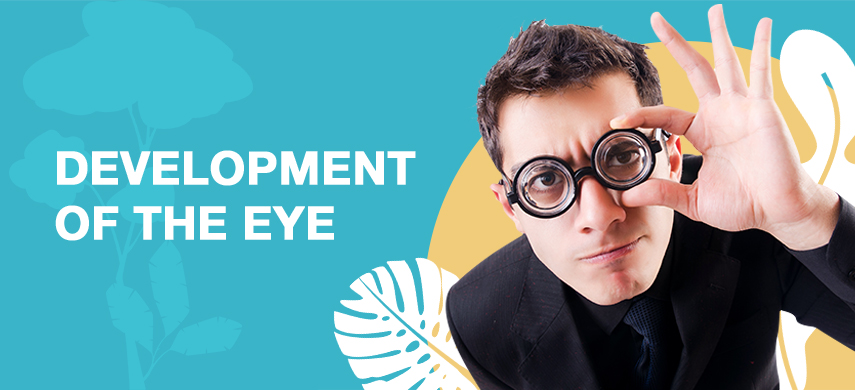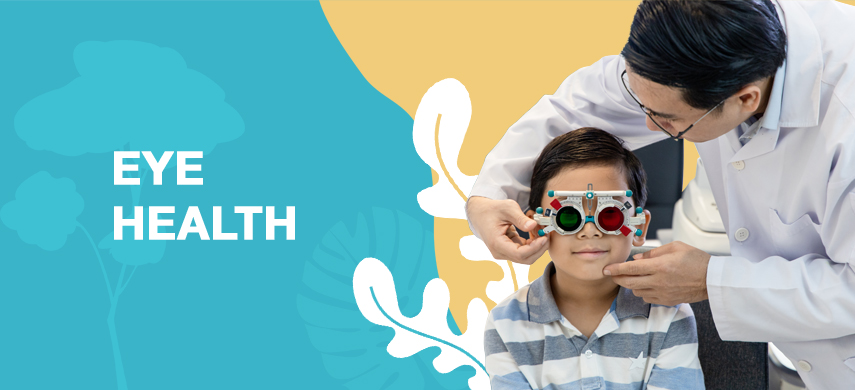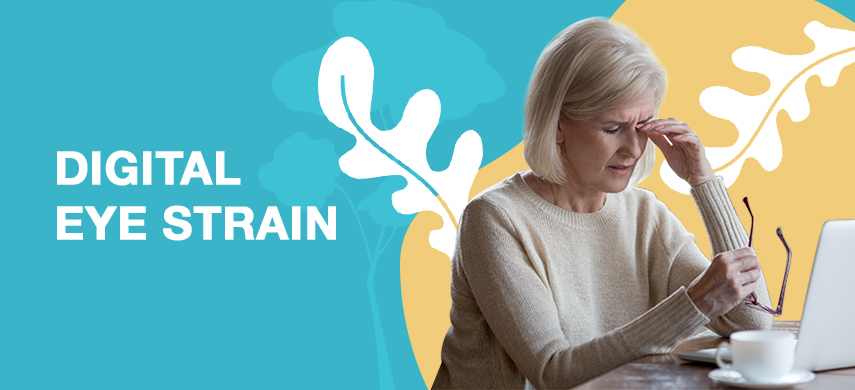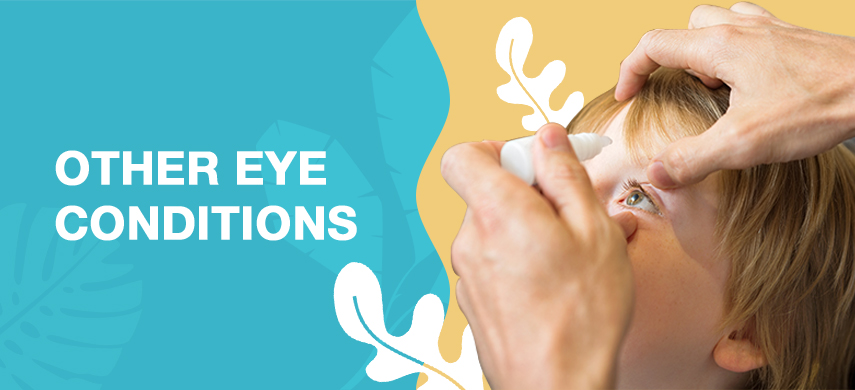Myopia
What is myopia?
Myopia, commonly known as shortsightedness or near-sightedness, is a disorder of the eye that affects people’s ability to see distant objects. Myopia occurs when the axial length of the eye (distance from the front to the back of eye) grows too long or the refractive power of the cornea or lens is too high. This mismatch causes incoming light to focus in front of the retina, resulting in blurry distance vision. Myopia currently affects an estimated 2.6 billion people and this number is expected to increase to 5 billion by the year 2050, which will be half of the world’s population.
Risk factors
Myopia is a complex eye disease where both genetic and environmental factors play a role in its development and progression. People who have certain genes are at greater risk of developing myopia. When they are exposed to certain environmental factors, such as too much near work and not enough time outdoors, these factors work together to cause and worsen myopia.
Signs and symptoms
Myopia can develop at any age, although it typically develops during school-age years between 8-14 years of age. Some of the common signs and symptoms of myopia include:
- Blurry vision when looking at faraway objects.
- Frequently sitting too close to the television or holding books/devices too close to the eyes.
- Blinking excessively and frequently rubbing the eyes.
- Trouble reading things on the whiteboard.
- Squinting when looking at distant objects.
- Frequent headaches.
Diagnosis
Myopia is usually diagnosed by an optometrist based on the results of an eye examination. Guidelines for when eye examinations should occur differ between countries and age groups, but routine examinations should be conducted given that children may only complain of poor vision long after myopia begins to develop.
Treatment
Myopia treatment strategies can be differentiated into those that correct myopia to produce clear vision and those that control myopia, which work by preventing or delaying its onset, or by slowing its progression. Myopia correction strategies include spectacles, contact lenses, and refractive surgeries, whereas myopia control strategies include therapeutics such as atropine and pirenzepine eye drops, orthokeratology, and myopia control spectacles and contact lenses.
Management
Recent research is now beginning to support the notion that myopia may be managed through lifestyle interventions. These include reducing myopia’s environmental risk factors by spending more time being active outdoors, reducing near work including screen time, and getting enough good-quality sleep, as well as undergoing regular and timely eye examinations.
Tools Designed for Healthier Eyes
Explore our specifically designed products and services backed by eye health professionals to help keep your children safe online and their eyes healthy.










